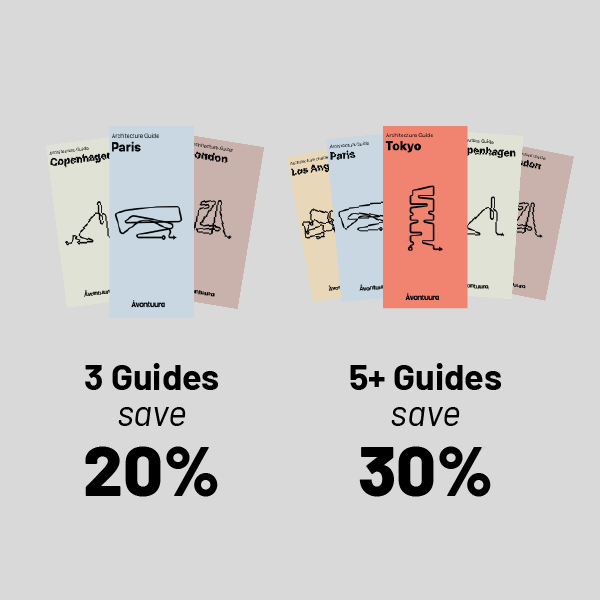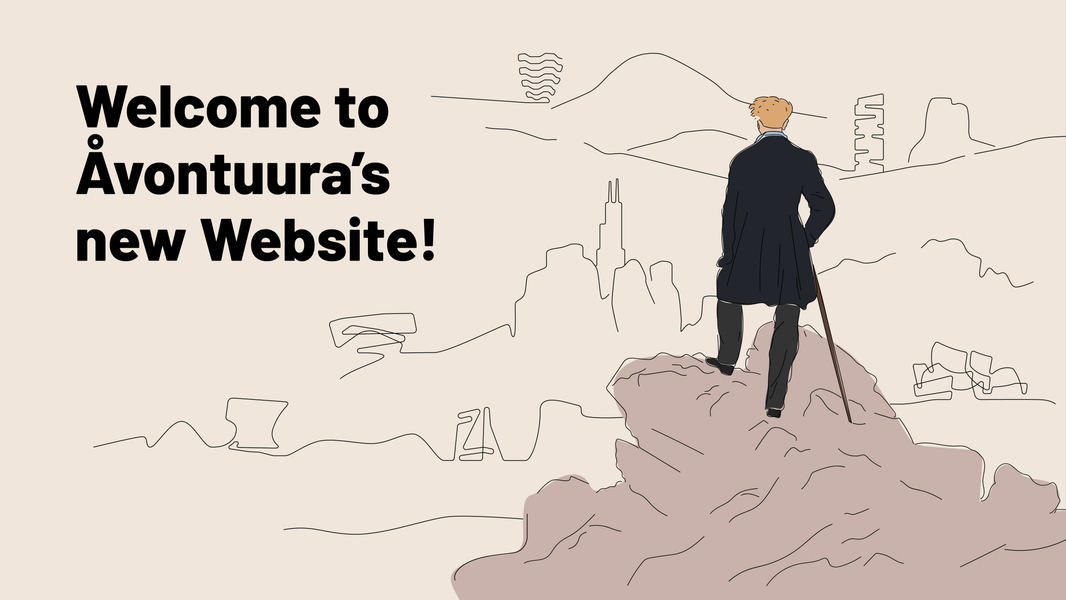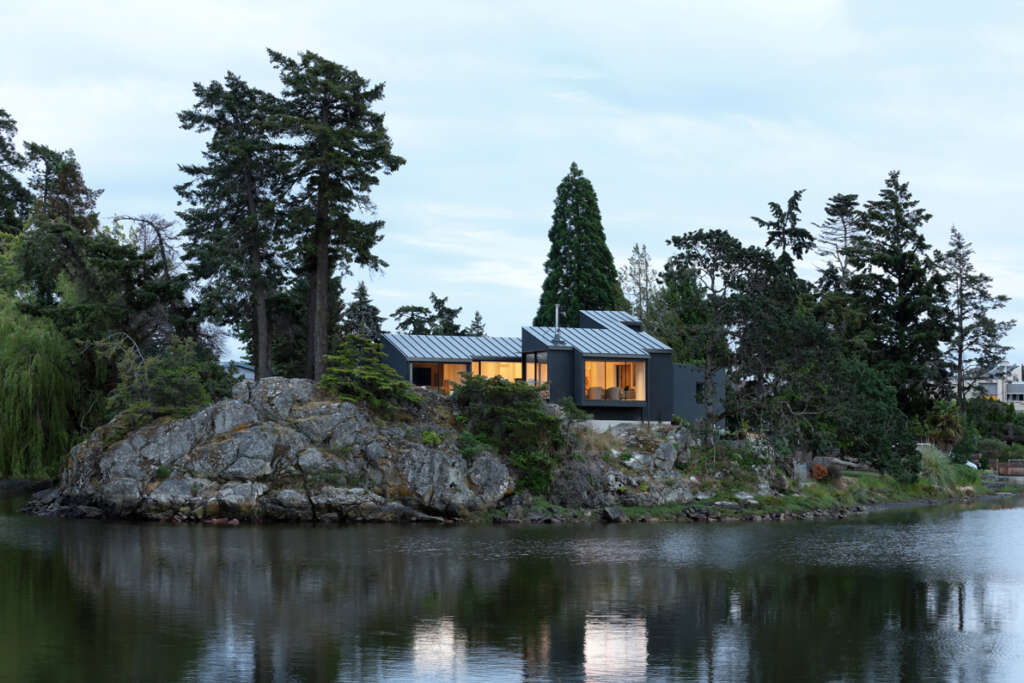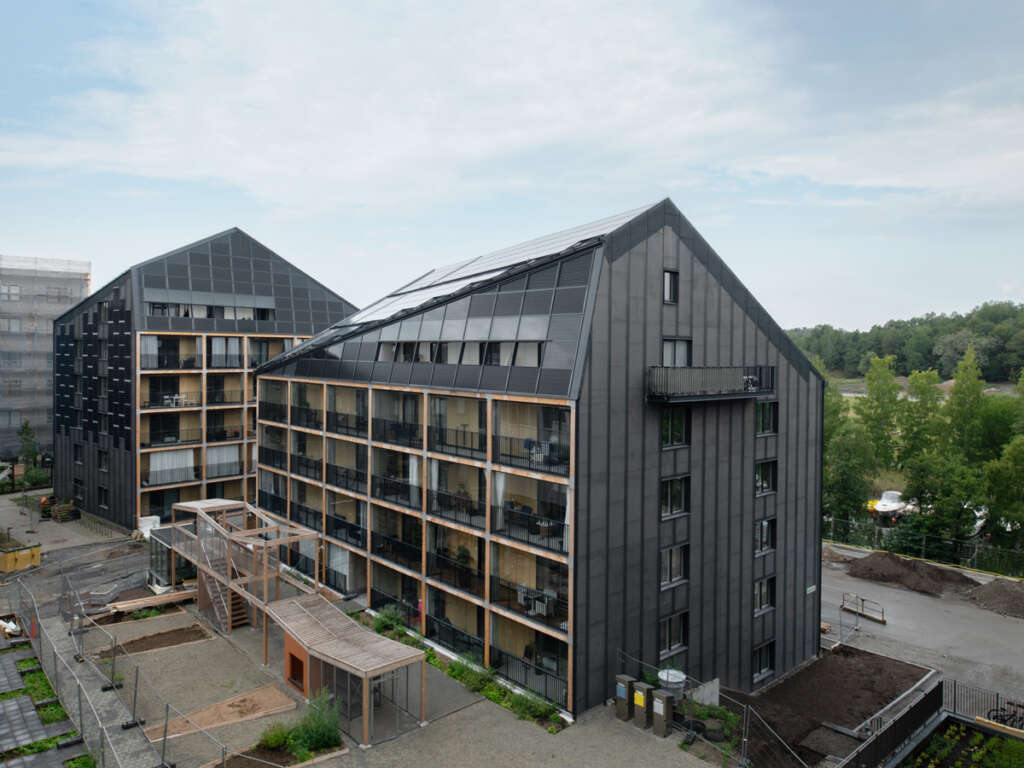[caption id="attachment_3131" align="alignnone" width="1200"]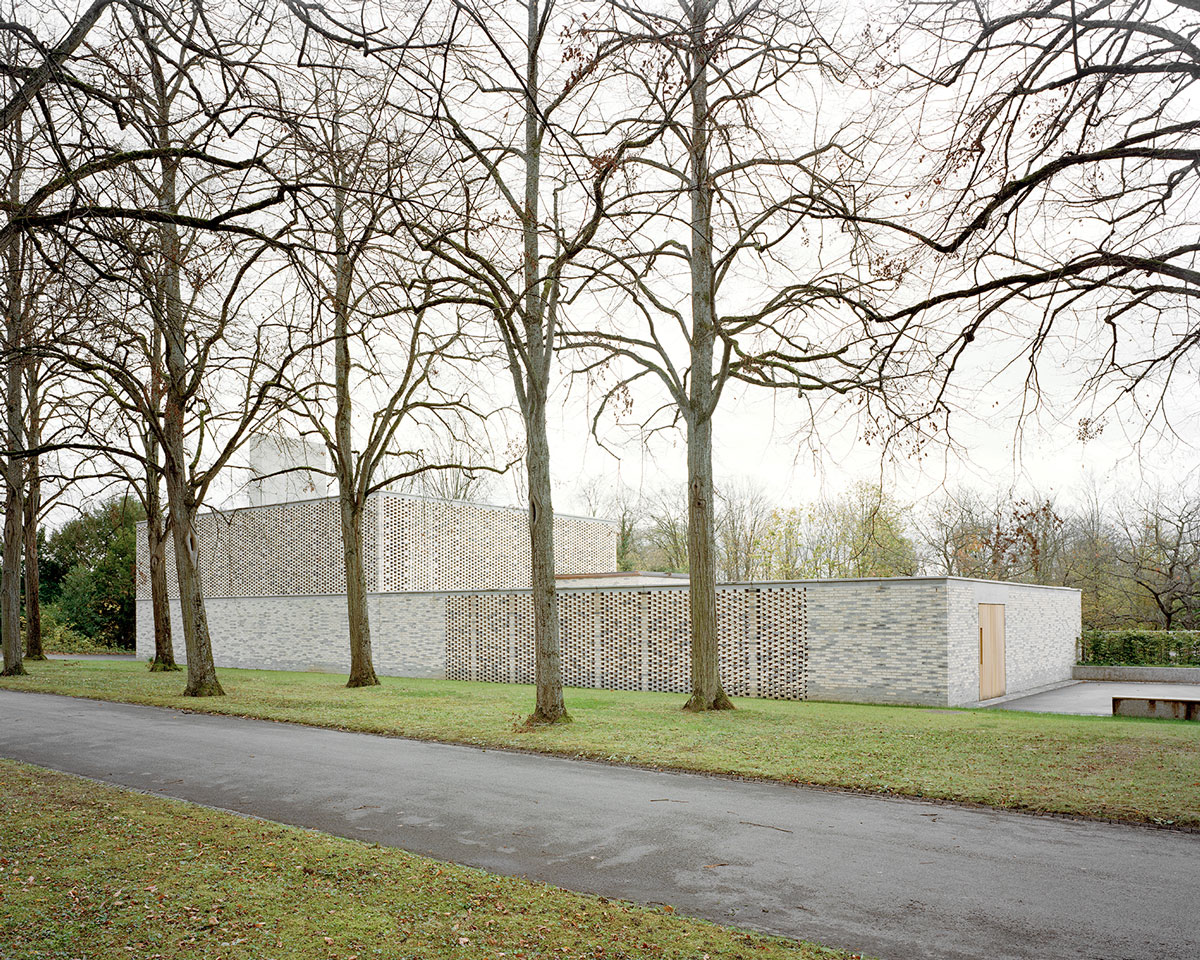 © Ariel Huber & Rasmus Norlander[/caption]
Located not far from the center of Basel, directly at the border to Germany, close to the Rhine lies Switzerland’s biggest cemetery. The so-called Hörnli is a place of mourning and devotion, which at the same time is a sensitive and precisely cultivated garden. It is placed on the border in an ambiguous sense. Likewise, it is a multicultural place that reflects our being together before and after death.
[caption id="attachment_3125" align="alignnone" width="958"]
© Ariel Huber & Rasmus Norlander[/caption]
Located not far from the center of Basel, directly at the border to Germany, close to the Rhine lies Switzerland’s biggest cemetery. The so-called Hörnli is a place of mourning and devotion, which at the same time is a sensitive and precisely cultivated garden. It is placed on the border in an ambiguous sense. Likewise, it is a multicultural place that reflects our being together before and after death.
[caption id="attachment_3125" align="alignnone" width="958"] © Ariel Huber & Rasmus Norlander[/caption]
The cemetery was finished in the 30s and its existing layout and buildings are shaped by a straight classical geometrical order embedded in nature. This urban layout gives consolation in form of rationality and clarity. The new crematory, finished mid-2017 subordinates itself to these found patterns. It forms a background for both the landscape and the act of saying farewell. It creates a solemn experience, ecumenical and easily accessible to all.
[caption id="attachment_3134" align="alignnone" width="960"]
© Ariel Huber & Rasmus Norlander[/caption]
The cemetery was finished in the 30s and its existing layout and buildings are shaped by a straight classical geometrical order embedded in nature. This urban layout gives consolation in form of rationality and clarity. The new crematory, finished mid-2017 subordinates itself to these found patterns. It forms a background for both the landscape and the act of saying farewell. It creates a solemn experience, ecumenical and easily accessible to all.
[caption id="attachment_3134" align="alignnone" width="960"] © Ariel Huber & Rasmus Norlander[/caption]
Following the main alley, the building appears as an independent volume in line with the existing mortuary building. A new entrance-court forms a mediating space between the existing and new structures. From there you enter an enclosed courtyard providing an intimate, semi-public space only available to the respective mourners allowing a slow approach to the final act.
[caption id="attachment_3135" align="alignnone" width="960"]
© Ariel Huber & Rasmus Norlander[/caption]
Following the main alley, the building appears as an independent volume in line with the existing mortuary building. A new entrance-court forms a mediating space between the existing and new structures. From there you enter an enclosed courtyard providing an intimate, semi-public space only available to the respective mourners allowing a slow approach to the final act.
[caption id="attachment_3135" align="alignnone" width="960"] © Ariel Huber & Rasmus Norlander[/caption]
This sequence of spaces ending in the cremation room is followed by a volumetric development in height. The building rises step by step from the lowest level of the entrance to its highest part, the free-standing chimney. These movements guide the families by creating a succession of spaces that ends and starts with the buildings one big open window opening towards the sky.
[caption id="attachment_3123" align="alignnone" width="1808"]
© Ariel Huber & Rasmus Norlander[/caption]
This sequence of spaces ending in the cremation room is followed by a volumetric development in height. The building rises step by step from the lowest level of the entrance to its highest part, the free-standing chimney. These movements guide the families by creating a succession of spaces that ends and starts with the buildings one big open window opening towards the sky.
[caption id="attachment_3123" align="alignnone" width="1808"] © Ariel Huber & Rasmus Norlander[/caption]
Furthermore, the new crematory is characterized by the picture of simultaneity. The industrial process of incineration and the emotional exception of mourning. The translation is a building with a concrete structure and a brick skin. Concrete is a rough, industrial product, the brick is a hand-made and hand-laid material. The latter stretches around the building and opens to light and air, defining a porous border that is open and closed at the same time.
© Ariel Huber & Rasmus Norlander
[caption id="attachment_3136" align="alignnone" width="960"]
© Ariel Huber & Rasmus Norlander[/caption]
Furthermore, the new crematory is characterized by the picture of simultaneity. The industrial process of incineration and the emotional exception of mourning. The translation is a building with a concrete structure and a brick skin. Concrete is a rough, industrial product, the brick is a hand-made and hand-laid material. The latter stretches around the building and opens to light and air, defining a porous border that is open and closed at the same time.
© Ariel Huber & Rasmus Norlander
[caption id="attachment_3136" align="alignnone" width="960"] © Ariel Huber & Rasmus Norlander[/caption]
[caption id="attachment_3137" align="alignnone" width="960"]
© Ariel Huber & Rasmus Norlander[/caption]
[caption id="attachment_3137" align="alignnone" width="960"] © Ariel Huber & Rasmus Norlander[/caption]
[caption id="attachment_3129" align="alignnone" width="800"]
© Ariel Huber & Rasmus Norlander[/caption]
[caption id="attachment_3129" align="alignnone" width="800"] © Ariel Huber & Rasmus Norlander[/caption]
[caption id="attachment_3127" align="alignnone" width="960"]
© Ariel Huber & Rasmus Norlander[/caption]
[caption id="attachment_3127" align="alignnone" width="960"]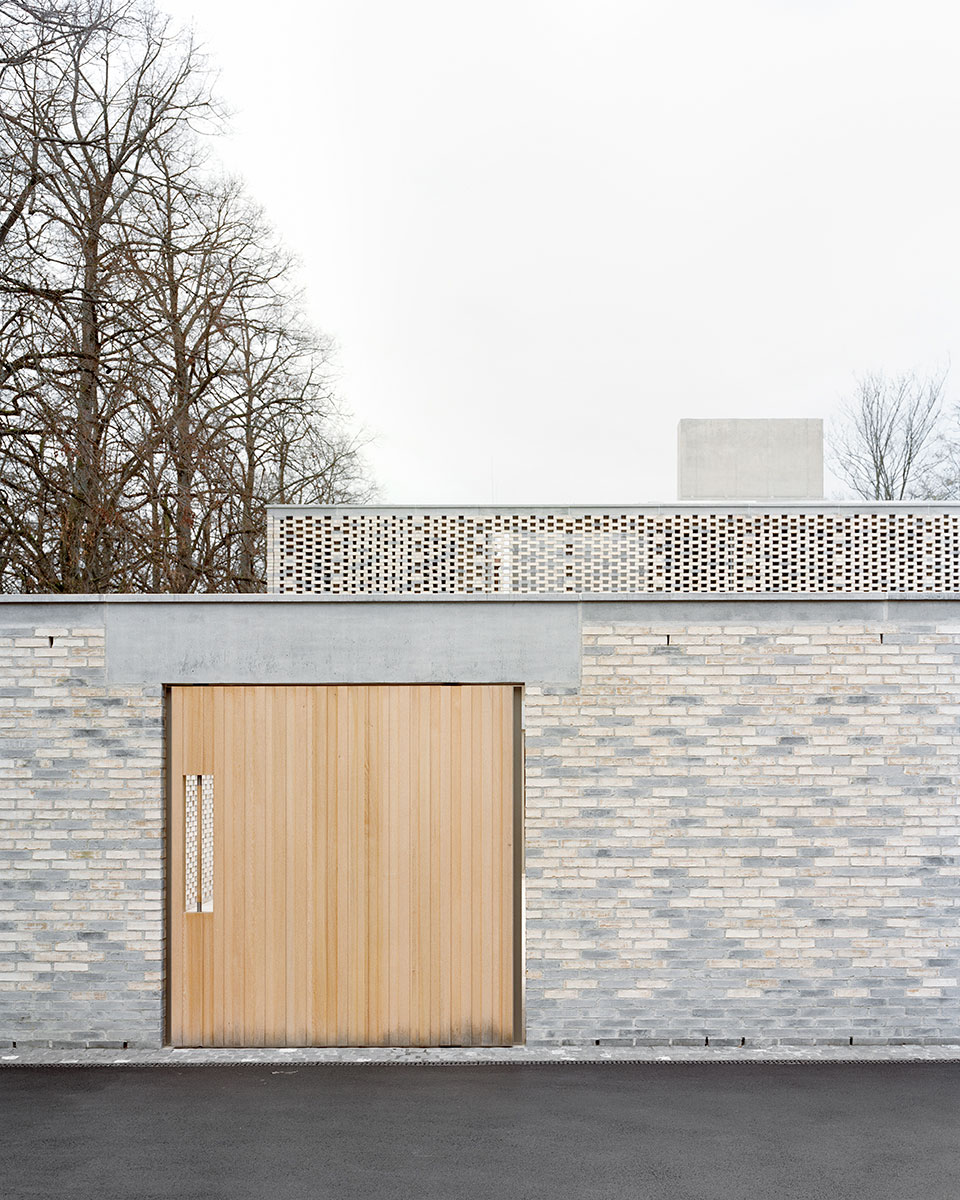 © Ariel Huber & Rasmus Norlander[/caption]
[caption id="attachment_3140" align="alignnone" width="960"]
© Ariel Huber & Rasmus Norlander[/caption]
[caption id="attachment_3140" align="alignnone" width="960"] © Ariel Huber & Rasmus Norlander[/caption]
[caption id="attachment_3138" align="alignnone" width="960"]
© Ariel Huber & Rasmus Norlander[/caption]
[caption id="attachment_3138" align="alignnone" width="960"] © Ariel Huber & Rasmus Norlander[/caption]
[caption id="attachment_3139" align="alignnone" width="960"]
© Ariel Huber & Rasmus Norlander[/caption]
[caption id="attachment_3139" align="alignnone" width="960"] © Ariel Huber & Rasmus Norlander[/caption]
Description from the Architect.
Location: Hörnliallee 70, 4125 Riehen (Basel)
Client: Immobilien Basel Stadt
Architects: Architekturbüro Garrigues Maurer GmbH, Zürich
Collaborators: Bernhard Maurer, Frédéric Garrigues, Eleonora Bassi
Structural Engineer: Bollinger und Grohmann GmbH, Frankfurt am Main
Landscape Architect: August + Margrith Künzel Landschaftsarchitekten AG, Binningen
Competition: 2012
Start of Planning: 2013
Construction Period: 2015-2017
Photos: Ariel Huber, Rasmus Norlander
© Ariel Huber & Rasmus Norlander[/caption]
Description from the Architect.
Location: Hörnliallee 70, 4125 Riehen (Basel)
Client: Immobilien Basel Stadt
Architects: Architekturbüro Garrigues Maurer GmbH, Zürich
Collaborators: Bernhard Maurer, Frédéric Garrigues, Eleonora Bassi
Structural Engineer: Bollinger und Grohmann GmbH, Frankfurt am Main
Landscape Architect: August + Margrith Künzel Landschaftsarchitekten AG, Binningen
Competition: 2012
Start of Planning: 2013
Construction Period: 2015-2017
Photos: Ariel Huber, Rasmus Norlander
 © Ariel Huber & Rasmus Norlander[/caption]
Located not far from the center of Basel, directly at the border to Germany, close to the Rhine lies Switzerland’s biggest cemetery. The so-called Hörnli is a place of mourning and devotion, which at the same time is a sensitive and precisely cultivated garden. It is placed on the border in an ambiguous sense. Likewise, it is a multicultural place that reflects our being together before and after death.
[caption id="attachment_3125" align="alignnone" width="958"]
© Ariel Huber & Rasmus Norlander[/caption]
Located not far from the center of Basel, directly at the border to Germany, close to the Rhine lies Switzerland’s biggest cemetery. The so-called Hörnli is a place of mourning and devotion, which at the same time is a sensitive and precisely cultivated garden. It is placed on the border in an ambiguous sense. Likewise, it is a multicultural place that reflects our being together before and after death.
[caption id="attachment_3125" align="alignnone" width="958"] © Ariel Huber & Rasmus Norlander[/caption]
The cemetery was finished in the 30s and its existing layout and buildings are shaped by a straight classical geometrical order embedded in nature. This urban layout gives consolation in form of rationality and clarity. The new crematory, finished mid-2017 subordinates itself to these found patterns. It forms a background for both the landscape and the act of saying farewell. It creates a solemn experience, ecumenical and easily accessible to all.
[caption id="attachment_3134" align="alignnone" width="960"]
© Ariel Huber & Rasmus Norlander[/caption]
The cemetery was finished in the 30s and its existing layout and buildings are shaped by a straight classical geometrical order embedded in nature. This urban layout gives consolation in form of rationality and clarity. The new crematory, finished mid-2017 subordinates itself to these found patterns. It forms a background for both the landscape and the act of saying farewell. It creates a solemn experience, ecumenical and easily accessible to all.
[caption id="attachment_3134" align="alignnone" width="960"] © Ariel Huber & Rasmus Norlander[/caption]
Following the main alley, the building appears as an independent volume in line with the existing mortuary building. A new entrance-court forms a mediating space between the existing and new structures. From there you enter an enclosed courtyard providing an intimate, semi-public space only available to the respective mourners allowing a slow approach to the final act.
[caption id="attachment_3135" align="alignnone" width="960"]
© Ariel Huber & Rasmus Norlander[/caption]
Following the main alley, the building appears as an independent volume in line with the existing mortuary building. A new entrance-court forms a mediating space between the existing and new structures. From there you enter an enclosed courtyard providing an intimate, semi-public space only available to the respective mourners allowing a slow approach to the final act.
[caption id="attachment_3135" align="alignnone" width="960"] © Ariel Huber & Rasmus Norlander[/caption]
This sequence of spaces ending in the cremation room is followed by a volumetric development in height. The building rises step by step from the lowest level of the entrance to its highest part, the free-standing chimney. These movements guide the families by creating a succession of spaces that ends and starts with the buildings one big open window opening towards the sky.
[caption id="attachment_3123" align="alignnone" width="1808"]
© Ariel Huber & Rasmus Norlander[/caption]
This sequence of spaces ending in the cremation room is followed by a volumetric development in height. The building rises step by step from the lowest level of the entrance to its highest part, the free-standing chimney. These movements guide the families by creating a succession of spaces that ends and starts with the buildings one big open window opening towards the sky.
[caption id="attachment_3123" align="alignnone" width="1808"] © Ariel Huber & Rasmus Norlander[/caption]
Furthermore, the new crematory is characterized by the picture of simultaneity. The industrial process of incineration and the emotional exception of mourning. The translation is a building with a concrete structure and a brick skin. Concrete is a rough, industrial product, the brick is a hand-made and hand-laid material. The latter stretches around the building and opens to light and air, defining a porous border that is open and closed at the same time.
© Ariel Huber & Rasmus Norlander
[caption id="attachment_3136" align="alignnone" width="960"]
© Ariel Huber & Rasmus Norlander[/caption]
Furthermore, the new crematory is characterized by the picture of simultaneity. The industrial process of incineration and the emotional exception of mourning. The translation is a building with a concrete structure and a brick skin. Concrete is a rough, industrial product, the brick is a hand-made and hand-laid material. The latter stretches around the building and opens to light and air, defining a porous border that is open and closed at the same time.
© Ariel Huber & Rasmus Norlander
[caption id="attachment_3136" align="alignnone" width="960"] © Ariel Huber & Rasmus Norlander[/caption]
[caption id="attachment_3137" align="alignnone" width="960"]
© Ariel Huber & Rasmus Norlander[/caption]
[caption id="attachment_3137" align="alignnone" width="960"] © Ariel Huber & Rasmus Norlander[/caption]
[caption id="attachment_3129" align="alignnone" width="800"]
© Ariel Huber & Rasmus Norlander[/caption]
[caption id="attachment_3129" align="alignnone" width="800"] © Ariel Huber & Rasmus Norlander[/caption]
[caption id="attachment_3127" align="alignnone" width="960"]
© Ariel Huber & Rasmus Norlander[/caption]
[caption id="attachment_3127" align="alignnone" width="960"] © Ariel Huber & Rasmus Norlander[/caption]
[caption id="attachment_3140" align="alignnone" width="960"]
© Ariel Huber & Rasmus Norlander[/caption]
[caption id="attachment_3140" align="alignnone" width="960"] © Ariel Huber & Rasmus Norlander[/caption]
[caption id="attachment_3138" align="alignnone" width="960"]
© Ariel Huber & Rasmus Norlander[/caption]
[caption id="attachment_3138" align="alignnone" width="960"] © Ariel Huber & Rasmus Norlander[/caption]
[caption id="attachment_3139" align="alignnone" width="960"]
© Ariel Huber & Rasmus Norlander[/caption]
[caption id="attachment_3139" align="alignnone" width="960"] © Ariel Huber & Rasmus Norlander[/caption]
Description from the Architect.
Location: Hörnliallee 70, 4125 Riehen (Basel)
Client: Immobilien Basel Stadt
Architects: Architekturbüro Garrigues Maurer GmbH, Zürich
Collaborators: Bernhard Maurer, Frédéric Garrigues, Eleonora Bassi
Structural Engineer: Bollinger und Grohmann GmbH, Frankfurt am Main
Landscape Architect: August + Margrith Künzel Landschaftsarchitekten AG, Binningen
Competition: 2012
Start of Planning: 2013
Construction Period: 2015-2017
Photos: Ariel Huber, Rasmus Norlander
© Ariel Huber & Rasmus Norlander[/caption]
Description from the Architect.
Location: Hörnliallee 70, 4125 Riehen (Basel)
Client: Immobilien Basel Stadt
Architects: Architekturbüro Garrigues Maurer GmbH, Zürich
Collaborators: Bernhard Maurer, Frédéric Garrigues, Eleonora Bassi
Structural Engineer: Bollinger und Grohmann GmbH, Frankfurt am Main
Landscape Architect: August + Margrith Künzel Landschaftsarchitekten AG, Binningen
Competition: 2012
Start of Planning: 2013
Construction Period: 2015-2017
Photos: Ariel Huber, Rasmus Norlander
